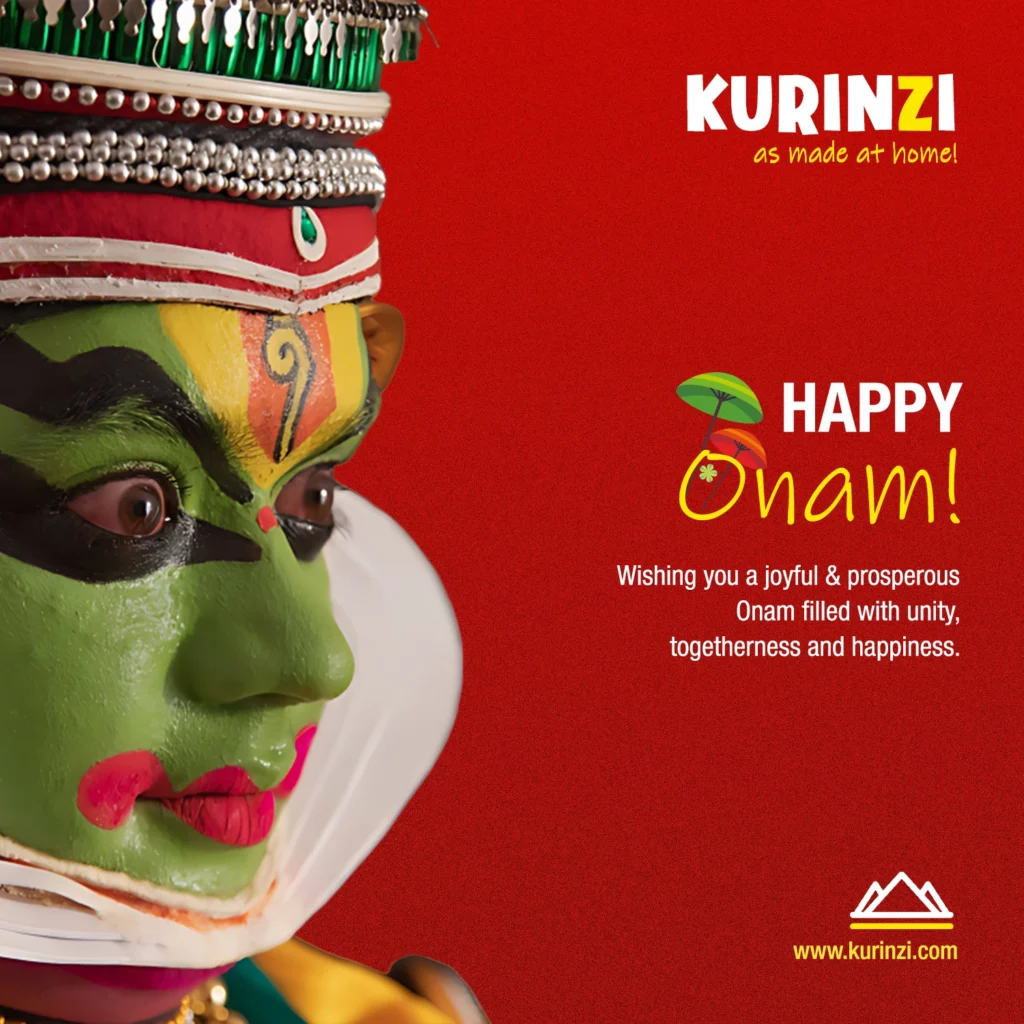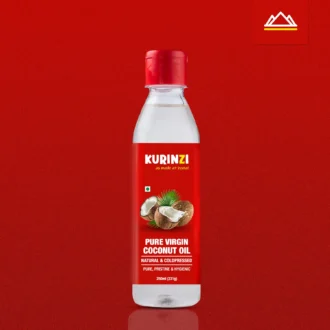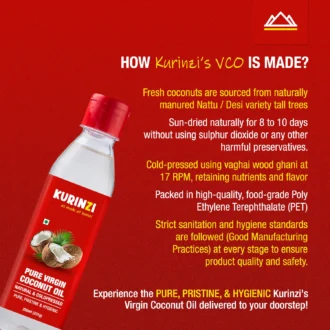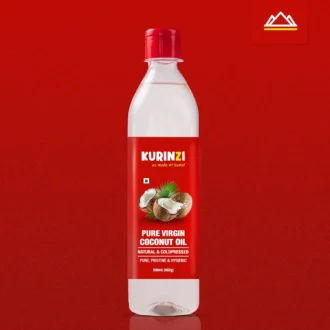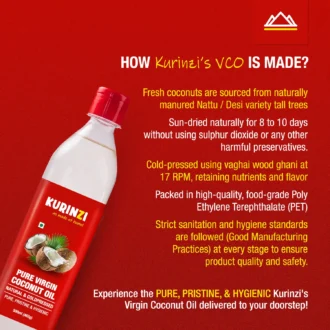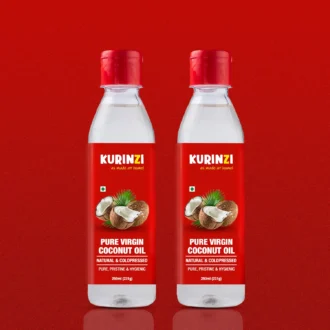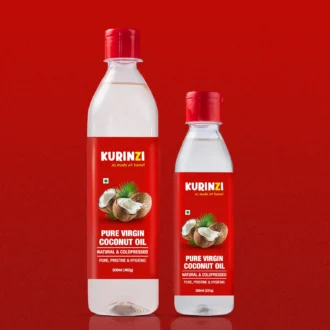Greetings & Wishes
Happy Onam
May the vibrant colors of Onam fill your heart with joy and prosperity. May the aroma of delicious feasts linger in your home, bringing togetherness and happiness. On this auspicious occasion, we wish you and your loved ones a bountiful and delightful Onam. May the spirit of unity and togetherness flourish in your life, just as it does during the grand celebrations of Onam. Happy Onam!
Onam is a significant and vibrant festival celebrated primarily in the Indian state of Kerala. It is a ten-day harvest festival that marks the homecoming of the mythical King Mahabali and the annual return of his kingdom’s prosperity. Onam falls during the Malayalam month of Chingam, which usually corresponds to the months of August or September in the Gregorian calendar.
Here are some key aspects of the Onam festival:
Legend of King Mahabali: The festival is based on the legend of King Mahabali, a benevolent and righteous ruler who was loved by his subjects. It is believed that his reign brought prosperity and happiness to his kingdom. However, due to his growing power, the gods felt threatened and sought the help of Lord Vishnu to subdue Mahabali. Vishnu took the form of a Brahmin dwarf named Vamana and asked for three paces of land. Mahabali granted the request, and Vamana covered the entire universe in just three steps. As a result, Mahabali was sent to the netherworld, but he was allowed to visit his kingdom once a year, which is celebrated as Onam.
Ten Days of Celebration: Onam is celebrated over ten days, with various rituals, activities, and cultural events taking place. The first day, known as Atham, marks the beginning of the festival, and the tenth day, Thiruvonam, is the main day of celebration.
Pookalam: One of the prominent features of Onam is the creation of intricate flower carpets called “Pookalam.” People design colorful and elaborate floral patterns in front of their homes as a way to welcome King Mahabali.
Onam Sadya: The traditional Onam feast, known as “Onam Sadya,” is a grand vegetarian meal served on banana leaves. It includes a variety of dishes that showcase the culinary richness of Kerala cuisine.
Vallamkali (Boat Race): Vallamkali, also known as the snake boat race, is a thrilling water sport that takes place during Onam. Colorfully decorated long boats with rowers participate in competitive races on Kerala’s backwaters.
Cultural Performances: Various cultural performances such as Kathakali, Ottamthullal (a traditional dance form), and traditional music are integral to Onam celebrations. These performances showcase Kerala’s rich cultural heritage.
New Attire: People wear new clothes, often traditional outfits like Kasavu sarees and mundu, to celebrate Onam.
Games and Activities: Onam also includes traditional games, such as tug-of-war and ball games, which are organized in many places.
Onam is not only a time for celebrating Kerala’s culture and heritage but also a time for family reunions and spreading joy and camaraderie. It is one of the most awaited festivals in the state and is celebrated with great enthusiasm and fervor by people of all ages and communities.
This is also the right time to learn a bit about Kathakali!
Kathakali is a traditional dance-drama form that originated in the Indian state of Kerala. It is known for its elaborate makeup, intricate costumes, stylized gestures, and dramatic storytelling. Kathakali performances often depict stories from Hindu epics like the Ramayana and the Mahabharata. Here are the main types of characters in Kathakali:
Sathwika: These characters are noble and virtuous, often representing gods, heroes, or noble beings. They are depicted with green-colored faces and wear elaborate crowns and jewelry.
Kathi: The Kathi characters are portrayed as villains or anti-heroes. They have a knife-shaped facial makeup that symbolizes their aggressive and evil nature.
Minukku: Minukku characters are usually women or female impersonators. Their makeup is more subdued and natural compared to other characters.
Thadi: Thadi characters wear exaggerated facial makeup and represent demon-like or evil beings. They are further divided into three subtypes: Chuvanna Thadi (red), Vella Thadi (white), and Karutha Thadi (black).
Pacha: Pacha characters are virtuous and noble, often representing gods, saints, or divine beings. They have a green facial makeup and elaborate costumes.
Kari: Kari characters are portrayed as fierce and aggressive beings, often demons or warriors. They have black facial makeup and a more robust appearance.
Tadi: Tadi characters are depicted with a red facial makeup and symbolize a mix of both positive and negative attributes. They can be heroic or villainous.
These character types play significant roles in Kathakali performances, and their elaborate makeup and costumes contribute to the visual richness and storytelling of the art form.
You May Be Also Interested in
What is Kavala Graha Kriya (Oil Pulling): Benefits and How to Practice It?
Have you ever tried cooking with Virgin Coconut Oil?
Posted on: Instagram | Facebook

